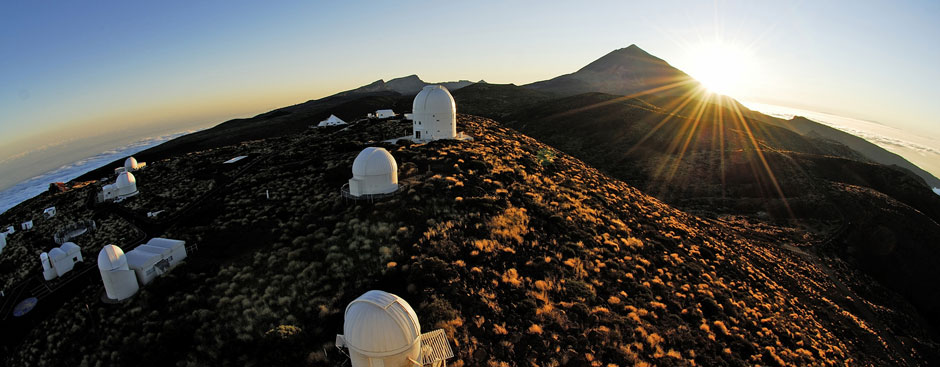Speaker
Description
Even before Wilczek and Weinberg proposed the quantum chromodynamic (QCD) axion as a new light boson beyond the standard model, Sato and Sato used astrophysical considerations to suggest that such a particle cannot have rest-mass energy around 0.5 eV. A decade later, Turner and Raffelt used the observation of the neutrino pulse from supernova 1987A to come to the same conclusion. But a decade ago, Ayala et al. revisited the question and found a hint that 0.5 eV QCD axions might actually be preferred by observations of globular clusters. This talk proposes a simple model for 0.5 eV QCD axions. The model suggests a straightforward production mechanism of 0.5 eV axion dark matter in the early universe. Finally, the best present experimental evidence for 0.5 eV QCD axion dark matter will be briefly sketched.

